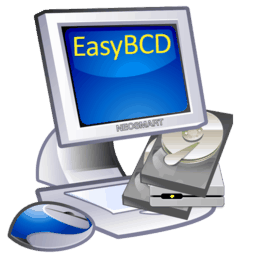If you’re a regular reader, you probably know by now that we just love performance and can’t get enough of server performance-improving software/code… Especially when it comes to WordPress.
Donncha has recently released a great plugin for WordPress, called "WordPress Super Cache." It builds on the original WP-Cache plugin by Ricardo Granada – except that it fixes all the bugs in the original implementation and has been written in enough pure PHP that it’ll also run on Windows servers – both IIS and Apache for that matter! <cue applause>
At the moment (as of version 0.3.1) it needs a bit of work to make it run, but not much. So here goes – 10 easy steps to get cached content on your IIS or Apache server under Windows:

